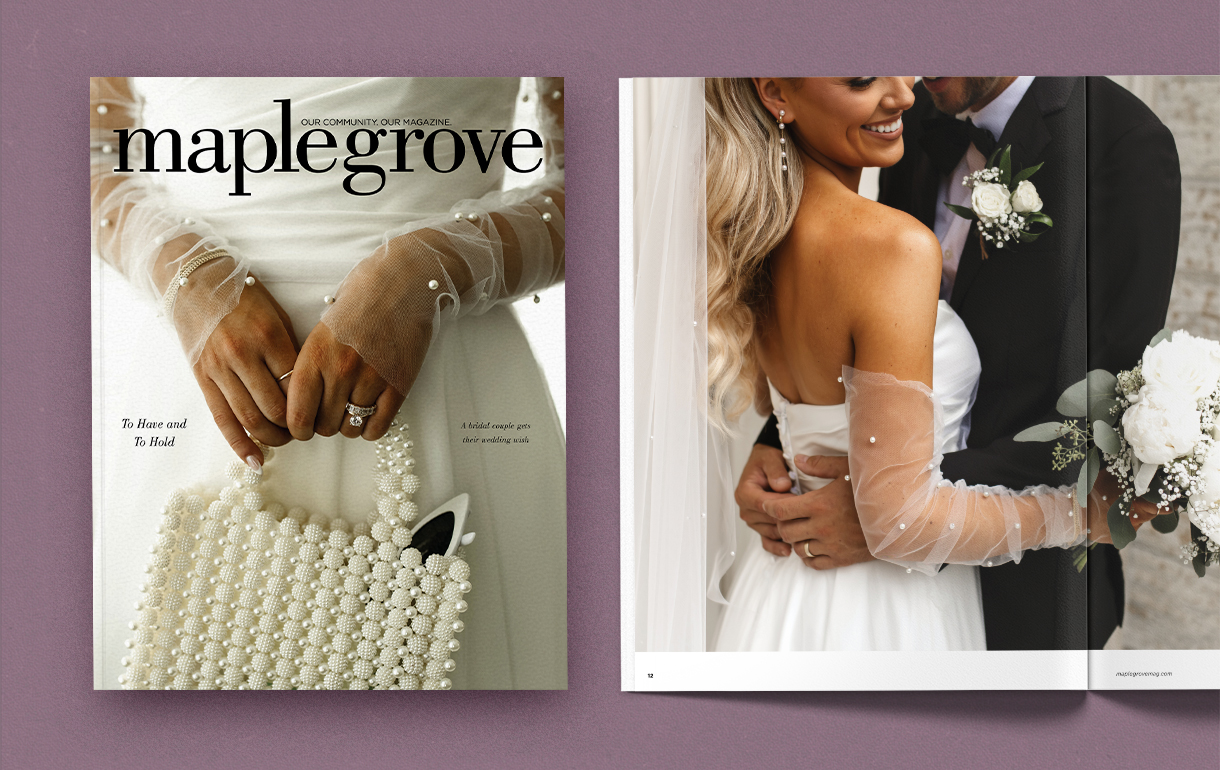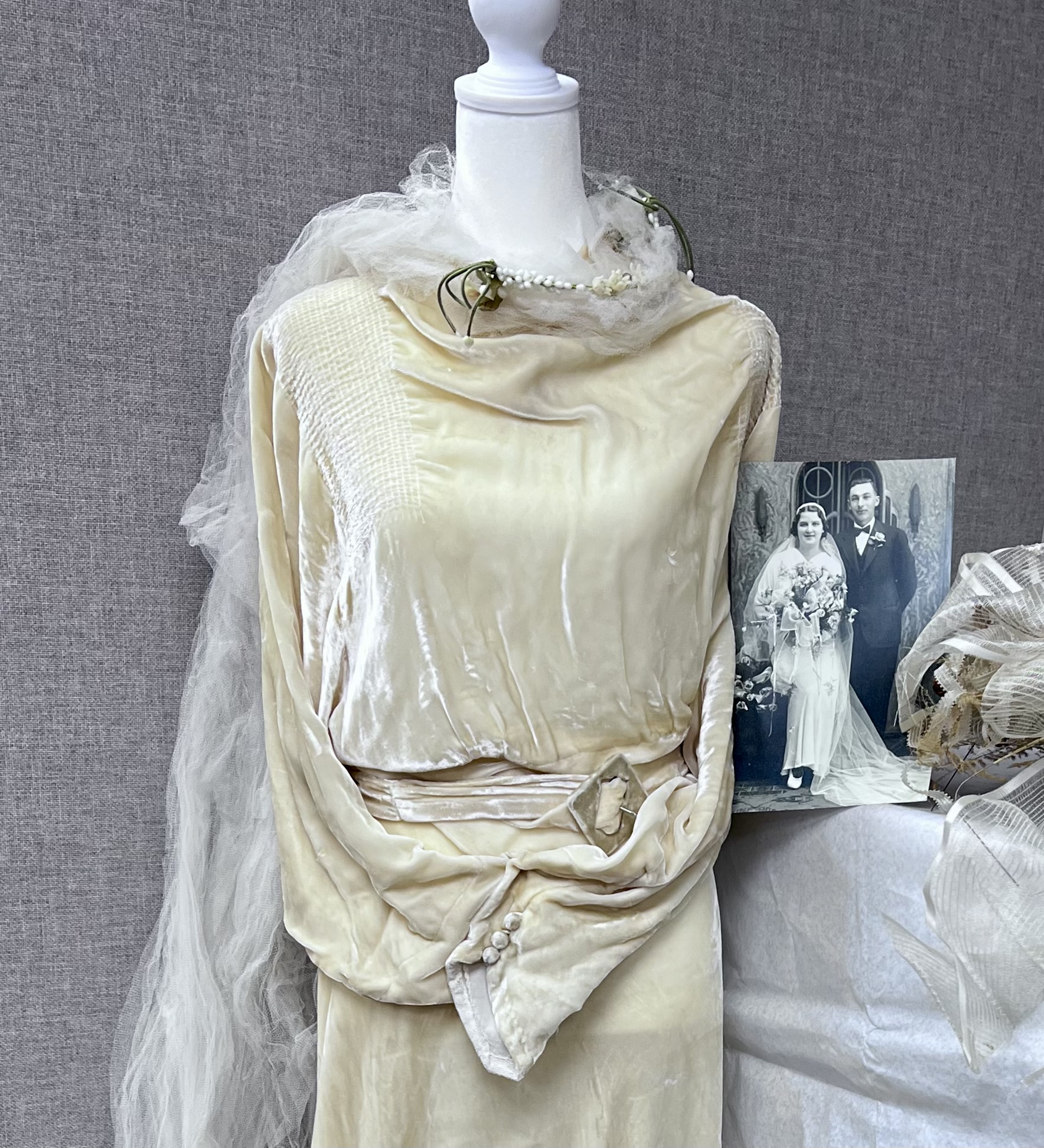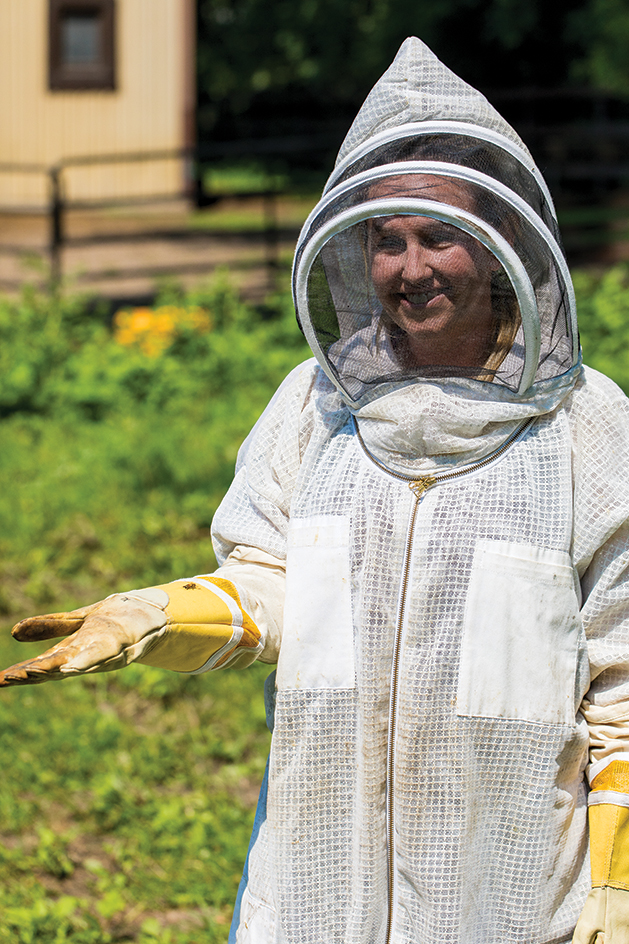
Photos: Tanya Denny
“Beekeeping is really a labor of love.”
The holiday season is back on in full force, and many home cooks are gearing up to serve Thanksgiving and December holiday meals that will put the exclamation point on “Dinner is served!”
While tried-and-true menu items are de rigueur this time of year, how about sweetening the cookpot? And, while we’re at it, let’s do that with some locally-harvested honey from The Honey Hut, which opened in 2012 and is owned by Tanya and Ryan Denny of Maple Grove.
Ask Tanya Denny why they decided to go into the business, and she says there’s more than one reason. “Our property has been a working farm, producing fruit and vegetables [and raising sheep] for over 40 years,” she says. “Having hives on site is a big added bonus for crop pollination, and with the rate of honey bees dying off in the world, it was the perfect addition to our land. Honey also is truly an amazing and fascinating substance. Raw honey has huge benefits for allergies, is a great source of antioxidants, heals wounds, soothes sore throats and coughs, and helps with digestive issues, just to name a few features.”
“We all suffer from seasonal allergies in our house, so we take a daily spoonful of honey to help them,” says Alyssa Honmyhr, who, along with husband Jake and their two school-age children, is a frequent customer of The Honey Hut. “Since we live in Maple Grove, it’s fantastic to know that the honey is local.”
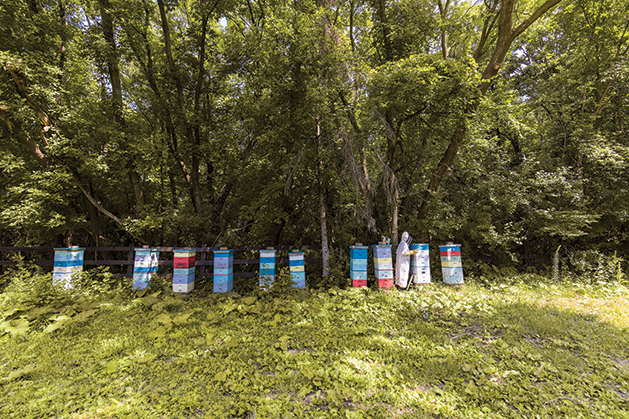
With 20 hives running, there are plans to expand the business. “Each hive can have anywhere from 10,000 to 60,000 bees, so we can comfortably estimate that we have 600,000 bees on our 14.5 acres,” Denny says.
Honey is harvested twice a year (summer and fall), and Denny says production varies from year to year, depending on weather conditions. “In Minnesota, hives average about 60 pounds per year, which has us planning for 1,200 pounds of honey,” she says.
Customers are the lucky benefactors of those harvests. The Honey Hut’s product line includes raw, light-colored honey. “The color and texture of our honey is something our bees control,” Denny says. “In Minnesota, the majority of the honey is basswood honey, which leads to the light, warm golden color and medium sweet flavor,” she says. “It makes a wonderful sweetener in beverages [and] baking and pairs perfectly with toast, oatmeal or yogurt.”
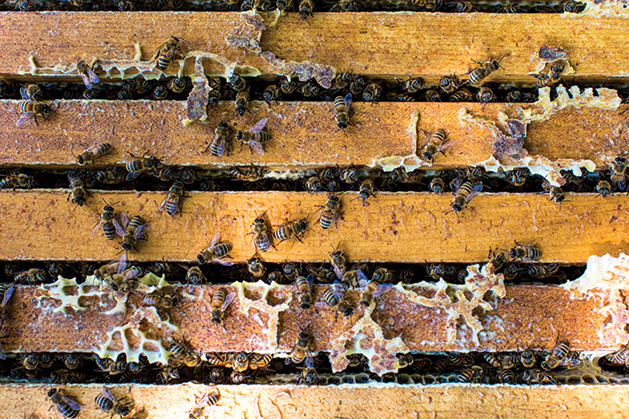
The most popular item is creamed honey (raw honey that is crystallized to a spreadable, buttery texture with choice of over 20 flavorings). “This gives you the full health benefits of raw honey, with a fun added twist,” Denny says. It can be served on crackers or toast, over ice cream or in tea or coffee. Her favorites: cinnamon, coconut, lavender and raspberry.
It’s a winner in the Honmyhr’s household, too. “Our daughters Haley and Ady’s favorite flavor is the cotton candy creamed honey,” Honmyhr says. “Jake and I enjoy the maple creamed honey best. We appreciate that the creamed honey is 100 percent pure honey [no dairy in it, which is essential as Alyssa is dairy-free] and love the silky and smooth spreadable consistency. The creamed honey is delicious on its own and also great to spread on all types of bread. We also appreciate that it provides the same nutritional value and antioxidants as liquid honey. Also, it’s harder to find creamed honey at stores, so it feels like a treat to purchase it.”
For the holidays, discover the Holiday Mini Sampler Boxes, including an assortment of three ounce jars of creamed honey flavors. (Custom gift boxes are available.)
It also features raw buckwheat honey (for a limited time), a darker amber-colored honey made by bees that collect nectar from buckwheat flowers. Its flavor profile is similar to molasses. Denny recommends using it in baking, adding to hot beverages or—don’t tell anyone!—eating it right from the spoon.
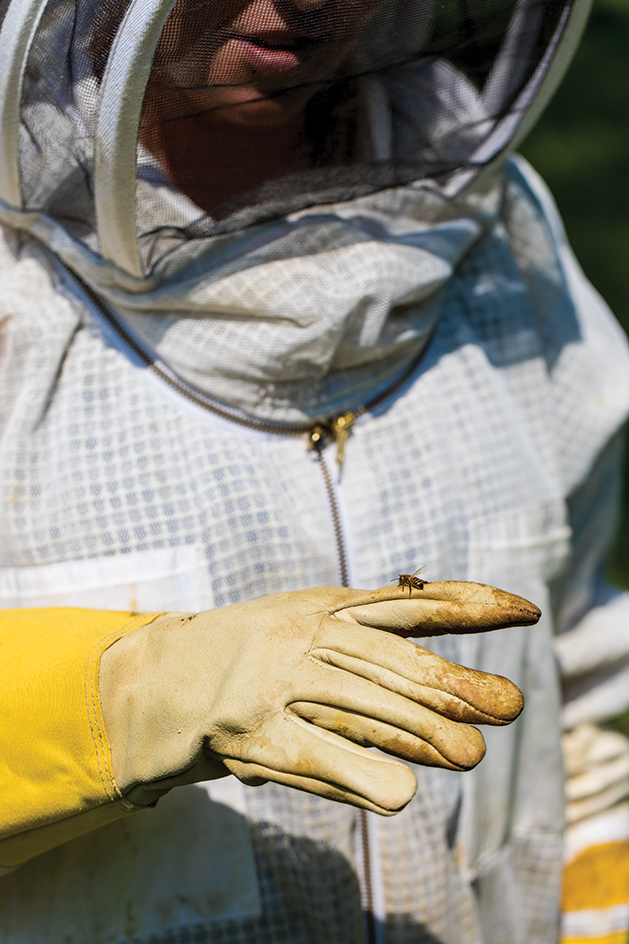
Honey sticks (ideal for a simple snack, quick addition to tea or as a stocking stuffer) come in a variety of rotating flavors, including original, cinnamon, lemon, peppermint, raspberry and many seasonal favorites.
One more thing—don’t forget the maple syrup. “We also make maple syrup from some of the hundreds of maple trees on our farm,” Denny says. “This past year, we had over 75 taps and plan to continue to grow our operation as our ‘farm kids’ [William, 5; and Jackson, Calla and Robert, 3] get older and are able to help.”
Honey has long been used as an ingredient in a host of recipes—from sweet to savory. And its role as a sugar substitute continues to grow.
“We use honey for everything, from baking to an added sweetener for drinks and smoothies. We rarely use white granulated sugar and sub in honey for all recipes we make,” Honmyhr says.
Maple Grove’s Kyle Darling, owner of Darling’s Salts and Rubs, offers his version of honey vinaigrette, naturally using honey from The Honey Hut. Since beets are in season, this recipe makes for a lovely accompaniment to beet salad, served as a side dish, or feature it as the main event.
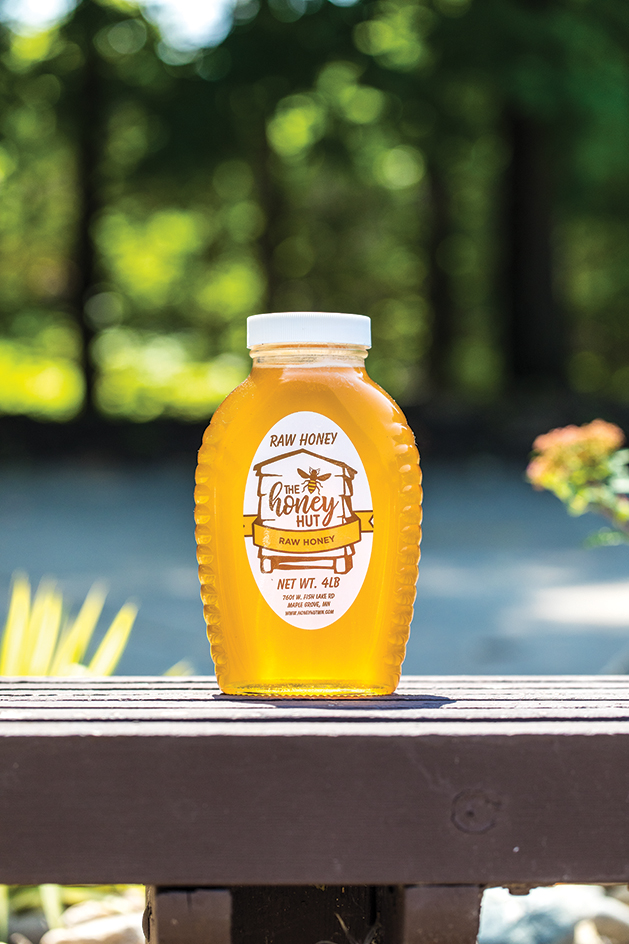
Honey Vinaigrette
- 1/4 cup extra virgin olive oil
- 1 clove fresh garlic, smashed and chopped
- 3 Tbsp. white balsamic vinegar
- 3 Tbsp. The Honey Hut honey
- 1 Tbsp. Dijon mustard (not necessary but helps bind vinaigrette)
- 1/2 tsp. kosher salt
- 1/2 tsp. fresh black pepper
- Pinch of lavender (dry or fresh, if possible)
Mix all ingredients into a plastic container or Mason jar, and shake.
Beet Salad (can be served as an entrée)
- 1.5 oz. spring mix
- 1 oz. goat cheese, crumbled
- 1 oz. Marcona almonds
- 1.5 oz. red beets, pickled
- fresh fruit (strawberries or blueberries, for example), optional
- protein (chicken or shrimp, for example), optional
Toss ingredients together; add desired about of honey vinaigrette.





